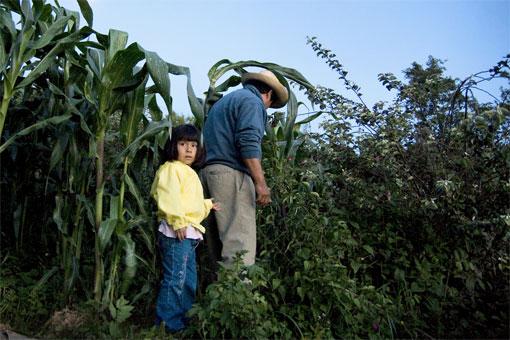Imagine a business with a 384-member board of directors that governs using organizational principles predating the rise of modern capitalism. Imagine as well that this business has a 20-member executive committee that includes the town mechanic and newspaper vendor, and whose monthly meetings can last three days. The business also changes its CEO and other officers every three years, regardless of whether they have done a good job.
Sound impractical? In fact, such an enterprise has transformed hundreds of poor Mexican Zapotec indigenous farmers into owners of a multi-million-dollar diversified forest industry. A sign posted at the entrance to the enterprise’s offices sums up its character succinctly: “In this community private property does not exist. The buying and selling of communal lands is prohibited.”
The Forest, Agriculture and Services Communal Enterprise of Ixtlán de Juarez, a forest community in the Sierra Norte of Oaxaca, an hour north of the city of Oaxaca, evolved from traditional forms of governance developed by the Zapotec ancestors of the people of Ixtlán that were later reinforced with agrarian governance structures mandated by the Mexican government.
The structures were designed to run community affairs, not businesses. Nevertheless, Ixtlán, along with many other forest communities in that region of Mexico, has successfully fused communal democratic traditions with the principles of competitive market enterprises to achieve economic equity. In the process, they have also acted as a strong force for conserving their region’s rich biodiversity.
The Zapotec villagers of Mexico, in short, have developed an innovative model of community capitalism that the rest of Latin America, and the world, might well emulate.
The model employs one of the few resources easily available to the poor: the social capital provided by deep community ties. The communal trust, experience and knowledge nurtured over generations create a novel institution that UC-Berkeley economist Camille Antinori has called the “community as entrepreneurial firm.” In the Zapotec case, the platform for the community enterprise was the body of laws created by the agrarian reforms of the Mexican Revolution, which created common property forests…




